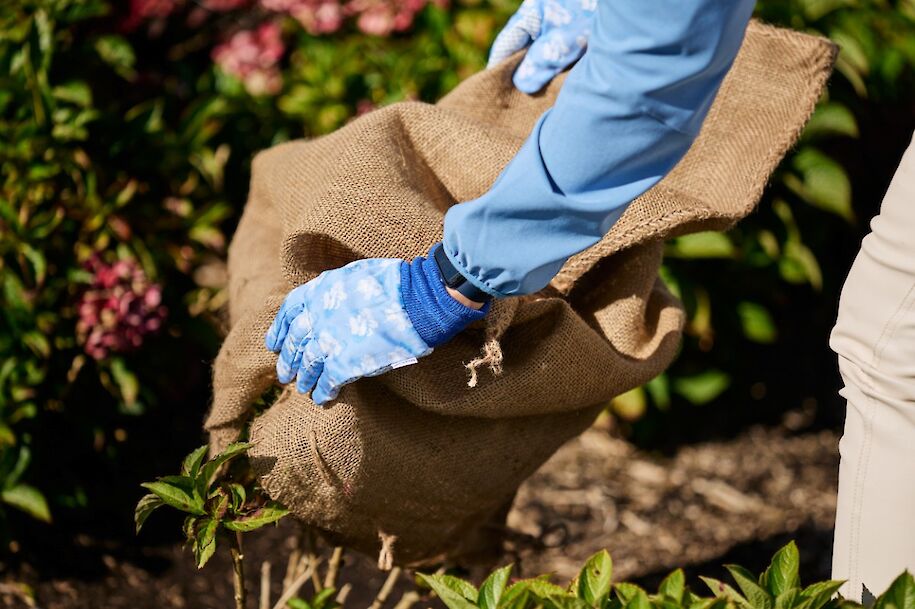Tips
How to get Magical Hydrangeas ready for winter
The transition from autumn to winter is a special time of year. The air is getting colder, the days are getting shorter, and things are also changing in the garden. It's the perfect time to prepare your plants for winter. Hydrangeas are the showstoppers in the garden, and with the proper care, they will remain so even during the colder months. Here's how to prepare your Magical hydrangeas for winter and ensure they bloom vigorously again in the spring.
Pruning Hydrangeas? Wait until winter has passed.
Hold off on using the pruning shears for a while. Hydrangeas are best pruned after the winter, in the spring ( in the North, they say wait until Memorial Day weekend to be certain). That’s because the flowers for the following year form on the woody stems, i.e., the branches that the hydrangea produced in the previous year. By pruning now, you risk cutting off the incubator for new flowers, which would be a waste!
Beware of frost damage
Another good reason not to prune your Magical until winter has passed: frost damage. If you prune now and it starts to freeze, the sensitive pruning wounds may not heal properly. An open invitation to fungi and other woes. So leave those flowers and stems where they are.
Protect hydrangeas planted in beds from cold
Hydrangeas planted in beds are usually quite resistant to the cold. Their stems and buds can take a knock. But extra protection is not a frivolous luxury for young or fragile plants. Protect these plants with a fleece or a coconut mat, or put a thick layer of pine needles around the base of the plant to insulate the roots.
Magical Hydrangeas in pots
Potted plants are more sensitive to low temperatures. If the pot freezes, it can damage the plant's roots. Leave your plant outside until it gets a good frost and the leaves turn brown. Once it has been through a frost, bring your potted plants indoors to a space that is neither too warm nor too cold. Ensure the plant's soil remains moist and does not dry out. Once you start to see new leaves, you can increase the water.
Make sure to wait until all danger of frost has passed before putting your plant back outside. If there are stem parts above the newly emerging leaves that look to be dead, trim them back to right above where you see new leaves appear. Early spring is also a good time to "upsize" the plant's pot. That means get a pot a little larger, take off the current pot, rough up the roots a little, put it into the larger pot, and add some new container soil. You can also start using one of the "blueing" or "pinking" hydrangea fertilizers at this point to try and direct the color of the flowers. If your water and soil pH are lower than 6, you will get blue flowers; conversely, if they are higher than 6, you will have pink flowers. These special fertilizers can often take a plant that produces pink flowers and make it blue, but you must begin using this fertilizer well before the plant sets flower buds. If you are bringing your potted plant inside, start using the special hydrangea fertilizer then.
General-purpose fertilizers for roses are also suitable for hydrangeas. You want the percentage of Nitrogen(N)- Phosphorous(P) - Potassium(K) to be somewhat balanced. Always read the fertilizer label to see those percentages.

Hydration for winter
You might expect this tip more in summer, but make sure your Magical hydrangeas are well-hydrated before winter sets in. Give them plenty of water during autumn so that they go into the next season strong and healthy. Be careful not to overwater, as this can lead to root rot. Watering at least 1" a week is a good rule of thumb.
Questions or need more advice?
By following these steps, you can ensure that your hydrangeas will thrive through the winter and bloom beautifully again in the spring.
